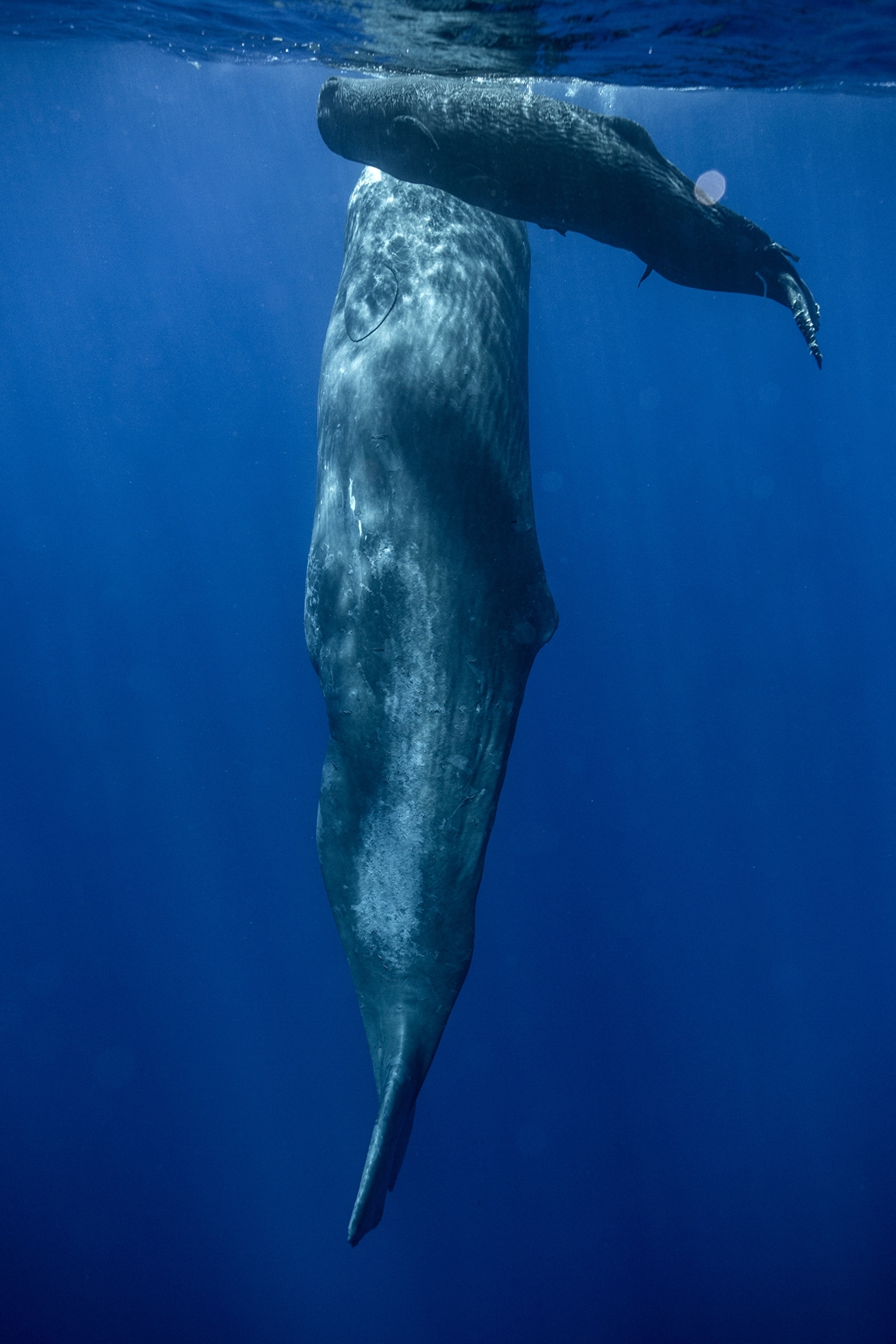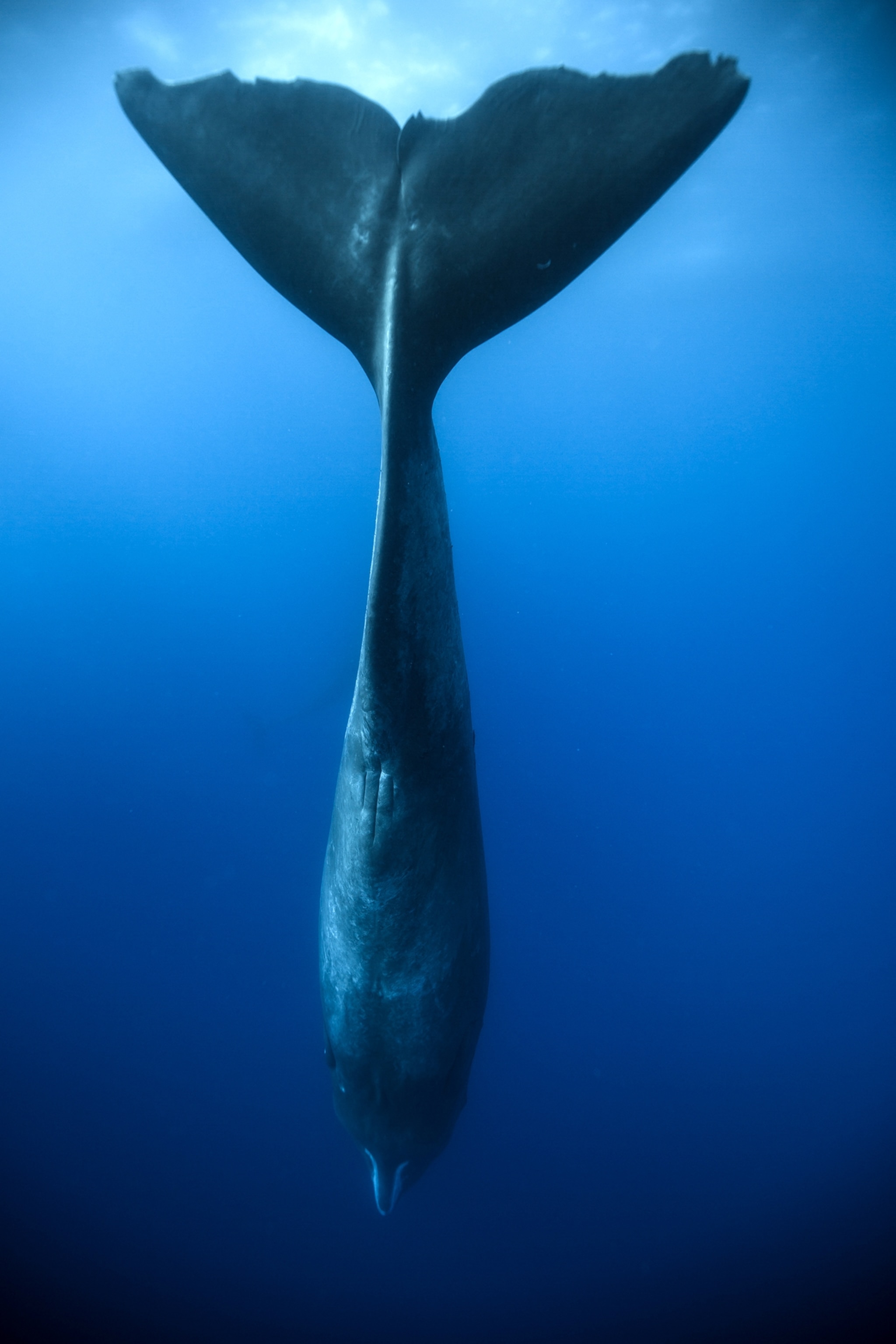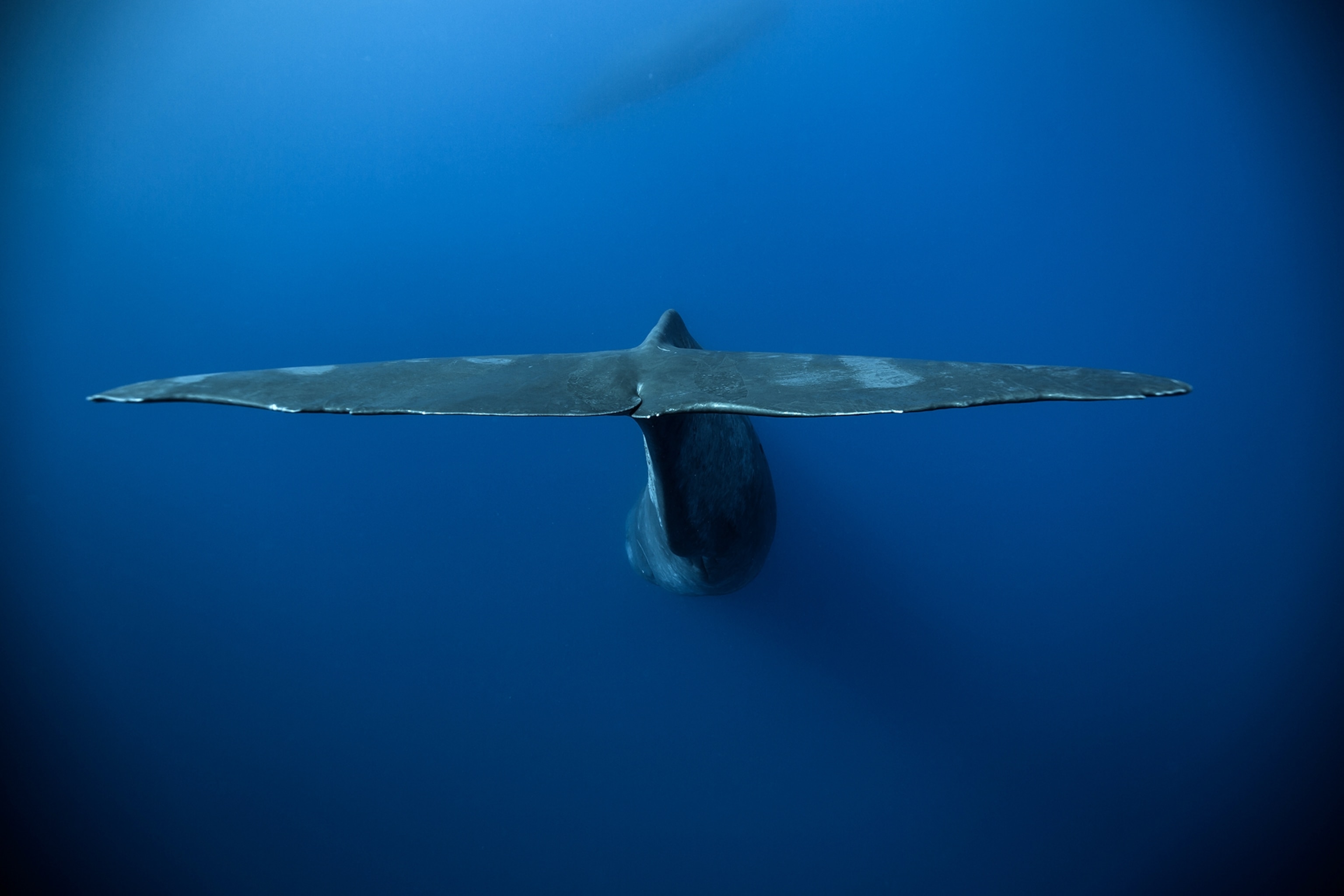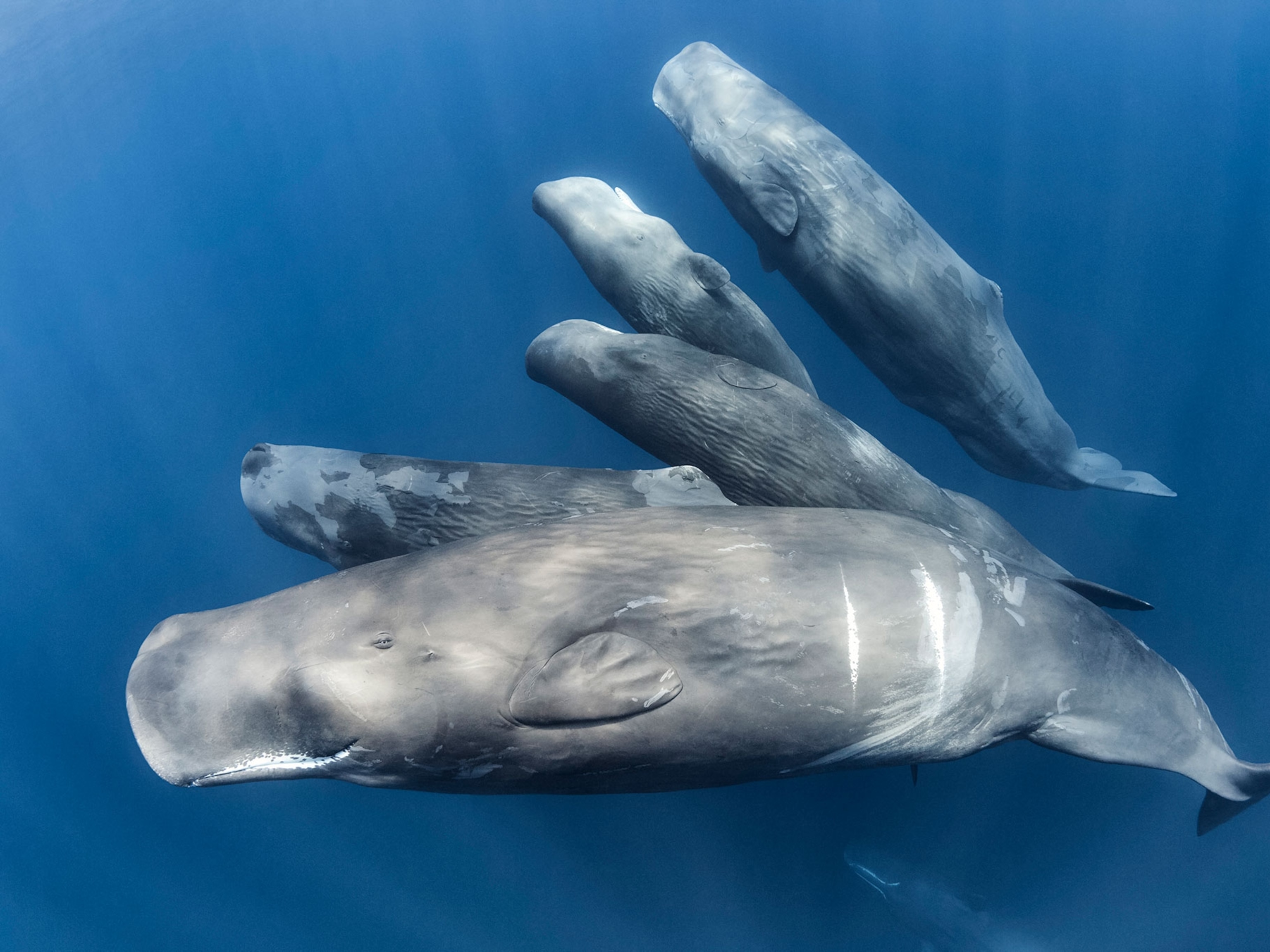
These Mysterious Whales Are the Jazz Musicians Of the Sea
Listen to the complex, variable songs created by the bowhead whale, a little-studied denizen of Arctic waters.
In the never-ending symphony of the sea, there's a standout among the percussive pings of bottlenose dolphins and the plaintive calls of humpback whales.
New recordings of the little-studied bowhead whale show that the mammals sing intricate and variable songs—more like jazz musicians than Beethoven or Bach.
Other whale songs are predictable and simple ditties repeated over and over throughout seasons or years, says study leader Kate Stafford, a marine biologist at the University of Washington.
"With bowheads, there are lots of different songs. Every year, it's just completely different." (Read more about noisy animals and how they make sounds.)
For her new study, Stafford deployed special recording equipment during the winters of 2010 to 2014 in the Fram Strait, a frigid channel of water between Greenland and the Svalbard archipelago in the Arctic.
After analyzing five years of recordings of bowhead whale songs, she and her team found the animals frequently changed their songs over the season. She also found no examples of a song being reused from year to year.
"This study is really interesting and exciting," says Laela Sayigh, a marine biologist at Woods Hole Oceanographic Institution who wasn't involved in the new research.
"Amazing, Wild Sounds"
Stafford became interested in bowhead whales by accident. When her colleague, Kristin Laidre, traveled to West Greenland in 2007 to study narwhals, Stafford asked her to record the marine mammals' songs.
A few weeks later, at her parents' house in Oregon, Stafford gets a phone call from Greenland. Laidre was on the line, asking, “What the heck is this?”
She played back "amazing, wild sounds," Stafford recalls. "They weren’t bearded seals, they weren't narwhals, so they must be bowhead whales."
A typical bowhead song lasts for between 45 to 90 seconds, which the whale then repeats over and over for 24 hours a day. (See 14 jaw-dropping pictures of whales.)
"Sometimes they sound like they're screaming, others sound like ice, and even occasionally like a police siren," says Stafford, whose paper was published today in Biology Letters.
Stafford still doesn't know why these songs are so diverse, nor what purpose the song serves. In humpbacks, only males sing during the breeding season, but scientists don’t know whether this same pattern exists in bowheads.
Bowheads' "main sense is acoustic, and their brains are very well adapted to process sound. We need to study their song to understand how they interact with the world,” Sayigh says.
Window Into the Ocean
While humpbacks and other species spend at least some time in warmer waters, bowheads spend their entire lives among the Arctic ice.
Their world is cold and dark and remote, making it difficult to get close enough to study their biology, even for the hearty few willing to try. What's more, peak bowhead singing occurs in the dead of winter, often when the animals are below sheets of ice.
That's why many biologists had believed that bowhead whale songs are similarly repetitive and simple to humpback songs. (See "The Rare Beauty of Dozens of Migrating Humpback Whales.")
Amazing Pictures of Sleeping Sperm Whales
Technological advances, however, have made it possible for scientists like Stafford to leave recording devices in the water for months, even years, to capture bowhead communication even in winter.
According to Julien Delarue, an aquatic acoustic specialist at JASCO Applied Sciences in Nova Scotia, the study "provides a very nice window into the lives of animals that you barely see."















